Effects of Alcohol on the Body: Short & Long-Term Effects
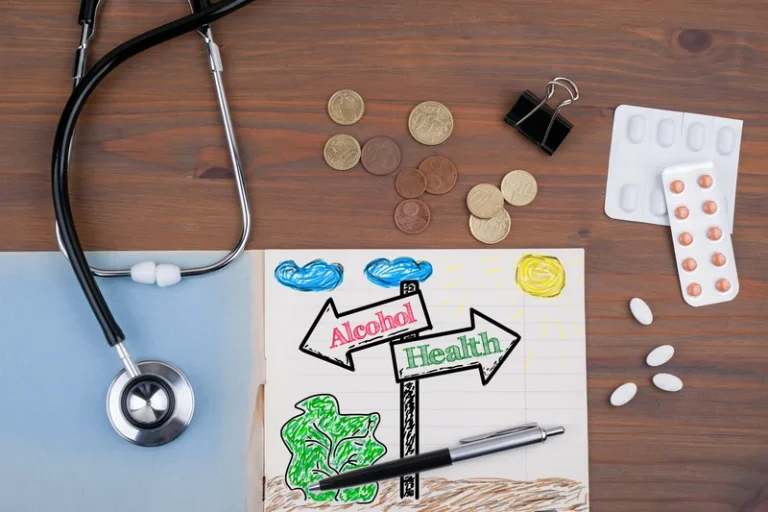
Rats exposed to high amounts of alcohol exhibited poor decision-making during a complex task, even after a months-long withdrawal period. Key areas of their brains had undergone dramatic functional changes compared to healthy rats. For the first time, researchers demonstrate in an animal how heavy alcohol use leads to long-term behavioral issues by damaging brain circuits critical for decision-making. For example, any amount of drinking increases the risk of breast cancer and colorectal cancer.
Short-Term Effects of Alcohol on the Body
- A majority of routine drinkers (59%) say their alcohol use increases their risk of serious physical health problems at least a little.
- Depending on how often you drink and how much, you may need support from a healthcare professional if you want to stop drinking.
- If an alcohol problem is weighing on you or someone close to you, actively seeking help can be the crucial turning point.
- As the leader in addiction treatment American Addiction Centers specializes in helping people recover from alcohol addiction.
- It can be misused among individuals of all ages, which may result in significant health, legal, and socio-economic damage.
In general, a healthy diet and physical activity have much greater health benefits than alcohol and have consequences of alcohol been more extensively studied. Alcohol misuse at an early age increases the risk of developing AUD. Genetics or a family history of alcohol misuse increases that risk as well.
Drink Less Campaign
How long this anxiety (and other hangover symptoms) lasts depends on factors like how much you’ve consumed, your assigned sex at birth, and your weight. At the same time, however, alcohol-related deaths have been increasing, rising by 70 percent from 2012 to 2022, even with a definition of alcohol-related deaths that is limited to liver disease, poisoning and accidents. The actual count, when considering deaths to which alcohol was at least a contributor, such as cancer in heavy drinkers, is more difficult to quantify but likely much higher. A 2024 estimate by the Centers for Disease Control and Prevention put the number at 178,000 deaths attributable to alcohol overuse annually in the US. Alcohol use can exacerbate mental health Alcoholics Anonymous conditions, like anxiety and depression, or lead to their onset. Because alcohol is a depressant, it can also contribute to mental health conditions, like anxiety and depression.
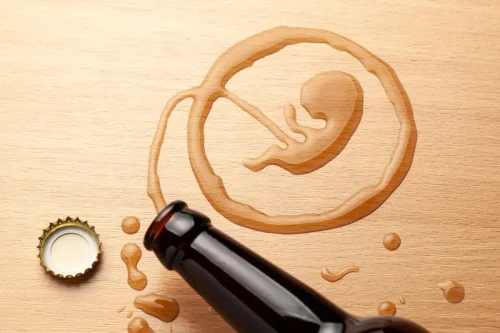
Risk factors for alcohol use disorder
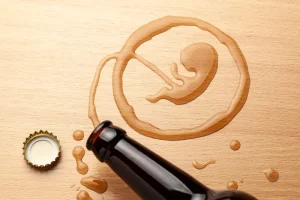
One surprise was how long alcohol dependence impairs cognition and neural function, even after withdrawal. “Our experiment was quite challenging and the alcohol-exposed rats just couldn’t do it as well,” Janak said. Pressing one lever led to a higher likelihood of reward than pressing the other lever. Rats easily learn which lever results in the most reward, so the researchers complicated things by every few minutes switching which lever had the highest reward likelihood. To get the most reward, a rat should rapidly change its behavior every time it figures out that the reward likelihood has changed. Heavy drinking also has been linked to intentional injuries, such as suicide, as well as accidental injury and death.
- That’s because alcohol can weaken your immune system, slow healing and make your body more susceptible to infection.
- There are many reasons that alcohol triggers this hangover anxiety, colloquially called “hangxiety.”
- In the past, moderate drinking was thought to be linked with a lower risk of dying from heart disease and possibly diabetes.
- Your liver produces enzymes that break down alcohol, but your liver can only handle so much alcohol at one time (approximately 1 ounce per hour).
- Having a glass of wine with dinner or a beer at a party here and there isn’t going to destroy your gut.
- Over time, your brain’s structure and function change, leading to tolerance, meaning you may require higher amounts of alcohol to achieve the desired effects.
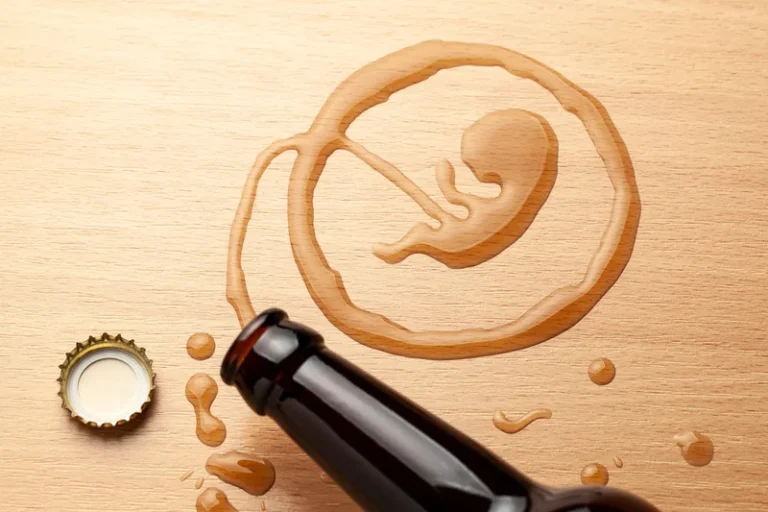
The ASCO was alarmed by surveys that found only one in three Americans knew about the finding decades after medical literature had documented a link between, for example, alcohol use and breast cancer. And with its report, the group aimed to increase awareness among the public that alcohol is a carcinogen and advocate for specific policy strategies to try to reduce excessive alcohol use. Scientists have theorized that the antioxidants in red wine could play a role in reducing cholesterol, for example.
Alcohol’s physical effects on the body
- The impact alcohol has on the reproductive system extends beyond these temporary effects.
- Historically, the hundreds of deaths attributed to alcohol poisoning per year were actually an underestimate.
- How long this anxiety (and other hangover symptoms) lasts depends on factors like how much you’ve consumed, your assigned sex at birth, and your weight.
- The log-link function ensures that all predicted costs are positive, making this approach widely accepted and effective for analyzing healthcare expenditures.
- Subsequent studies appeared to affirm the correlation, strengthening the belief among the general public about the benefits of red wine.
The researchers next hope to explore how alcoholism affects other areas of the brain that interact with the dorsomedial striatum, and what might be causing the differences between males and females. The team linked the behavioral difficulties to dramatic functional transformations in the dorsomedial striatum, a part of the brain critical for decision-making. The alcohol had damaged neural circuits, causing alcohol-exposed rats to process information less effectively. While these deaths appear to have risen sharply from 2006 to 2008, this is due to a revision to the classification of alcohol poisoning deaths made in 2007.
Ways Drinking Alcohol Could Give You Anxiety
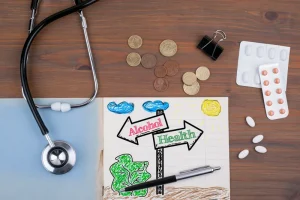
Alcohol is a part of cultural traditions all around the world…and it’s also a drug that chemically alters the body. For example, a 2018 study found that light drinkers (those consuming one to three drinks per week) had lower rates of cancer or death than those drinking less than one drink per week or none at all. Steatotic liver disease develops in about 90% of people who drink more than 1.5 to 2 ounces of alcohol per day.